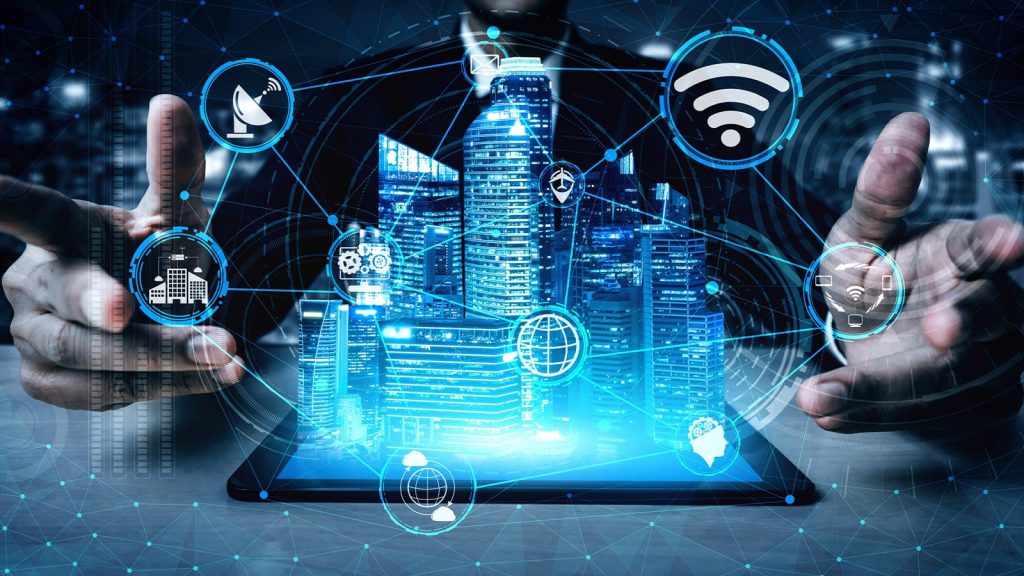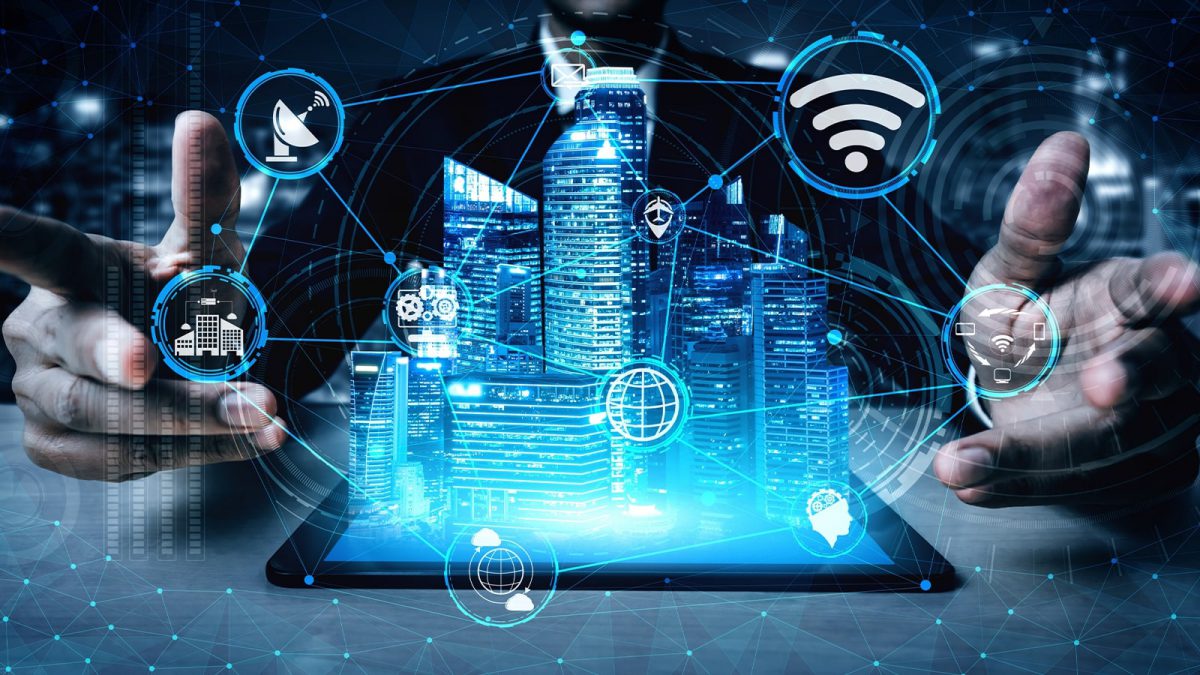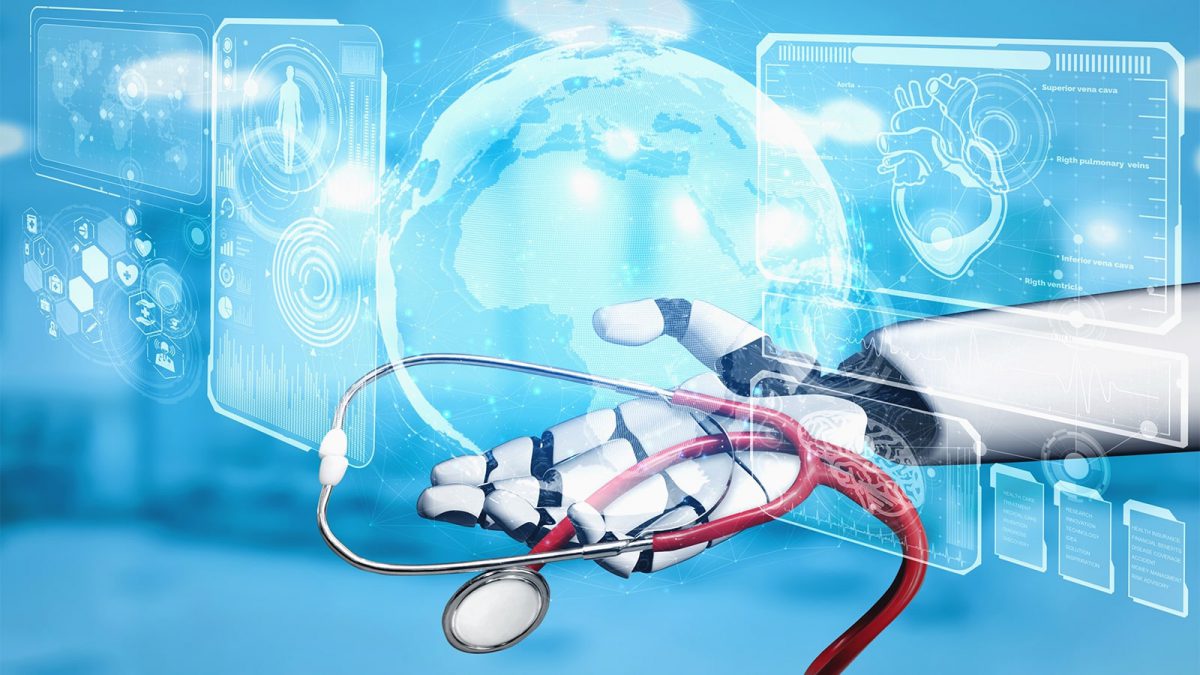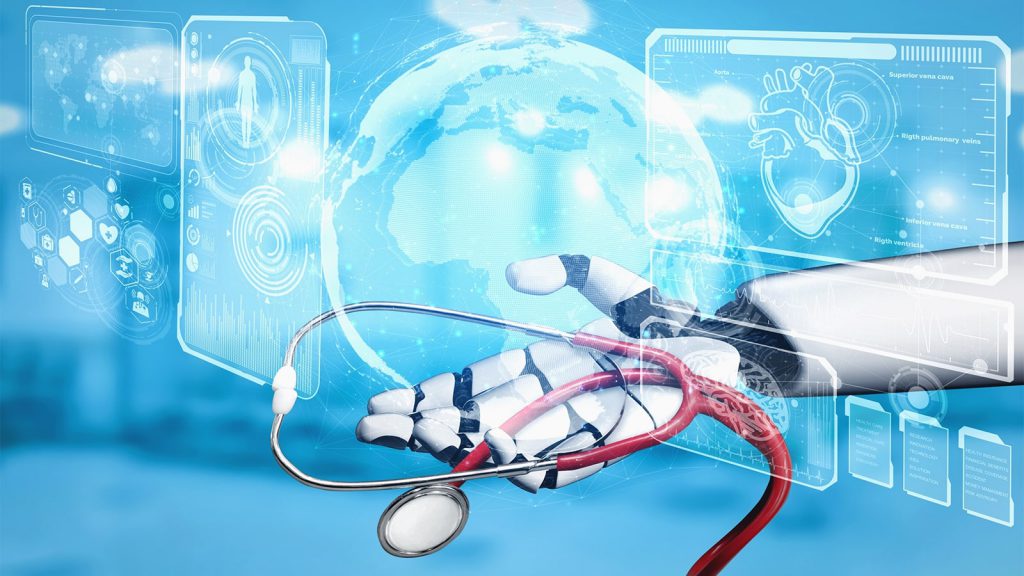It is a network that is required to connect or to exchange the data over the internet through sensors, technologies and software. It is proving a better means for collaborative future in education as it gives a clear and concise access to all learning materials in real time.
It provides a digital sphere full of devices, machines of all sizes to transfer the data among each other in real time. An excellent example of IoT is wearable fitness trackers and healthcare applications, smart cars, voice assistants, smart appliances etc.
In the healthcare sector, it provides benefits to Physicians, patients (in evaluating blood pressure, glucometer, heart rate and monitoring cuffs), families, insurance companies and hospitals.
Alexa is an enhanced IoT service used to control smart home like Google assistant or Siri. It is considered as an Echo device similar to thermostats and headphones. IoT provides security by the help of sensors, cameras, alarms, microphones and lights controlled by smartphones.
Basic Elements used in IoT Applications:
IoT is impactful in improving quality of life and minimizing the healthcare cost by increasing remotely access to education, communities and transportation. There are four components of IoT: an application, connectivity, devices, and platform.
- User Interface
- Data Analytics
- Connected Devices
- Data Cloud
- System Security
- Central Control Hardware
- Network Interconnection

Few IoT Applications are as :
IoT is a group of electronic devices like :computers, smartphones, laptops etc that are connected with each other through the internet in order to exchange information. The most useful internet applications to be considered are web browsing, email and peer to peer services and we are completely interdependent on the internet so as to get the data access.
- Smart City
- Smart Grids
- Smart Homes / Buildings
- Wearables
- Traffic Management
- Self Driven Cars
- Farming. Industrial
- IoT Retail Shops
- Environmental Monitoring
Importance of IoT :
It always allows information to flow at a rapid rate to get an idea of the cultures other than their own. IoT has made our life comfortable and better by implementing technologies of IoT like RFID and Sensor.
- Full On Content
- Powerful Search Engine
- Research Abilities
- Message Board To Discuss Ideas
- Multidisciplinary Knowledge
There are four types of IoT Networks :
IoT is a series of applications that uses passive, dynamic and active data and provides better resolutions to solve problems.
- Cellular
- Mesh Networks
- LPWAN
- LAN / PAN
Challenges of IoT :
In the Industrial sector, IoT can be used to provide visibility into production by using machines, sensors and tools. IoT contains data collected with the help of sensors and are prone to hacking and malware attacks.
- Insecure Interfaces
- The IoT Skills Gap
- Insufficient Data Protection
- Weak Password Protection
- Poor IoT Device Management
- Lack Of Update Mechanism


